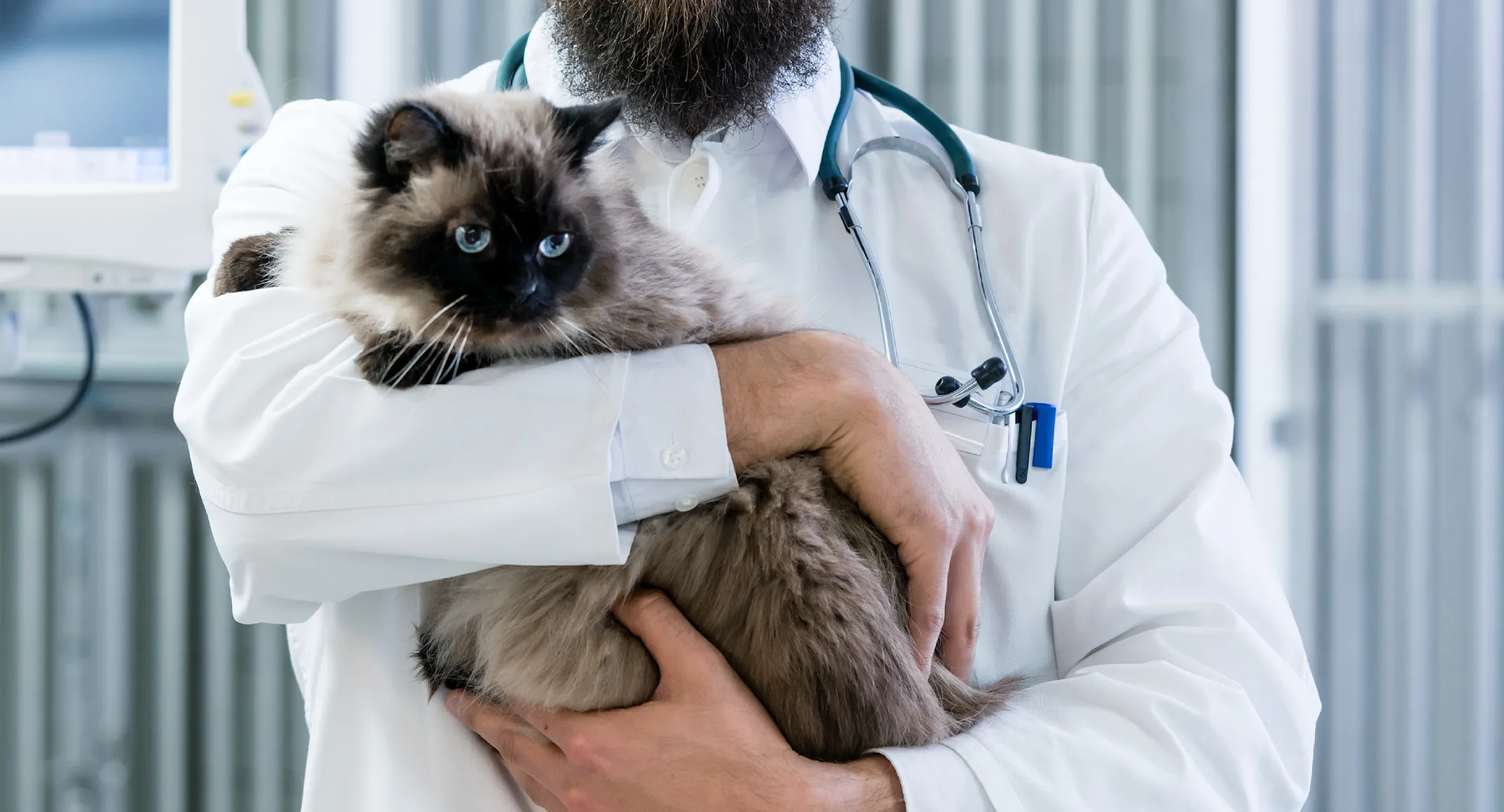My pet is scheduled for a procedure— what do I need to do?
Having a pet scheduled for a procedure may feel stressful, but there are measures that can be taken to mitigate the anxiety. Here are some steps to help prepare for a procedure, be it a dental cleaning or surgery to save time and effort in the long-run:
1. Sanitize
It’s important that your pet is coming home to a disinfected environment, especially if he or she has sutures that need to stay clean and dry. Wash any bedding, wipe out the crate or carrier, and wash food and water bowls. For most surgeries, a pet will be sent home with an ecollar, if you already have one at home, ensure that this, too is wiped clean before the next use.
2. Know Food and Medication Instructions
Beginning at midnight the night before a procedure, ensure that your pet does not have access to food or treats. It is safe to allow your pet to have water. For pets who are on regular medications, you should check with your doctor as to whether you should administer the medication the morning of the procedure. If the medication is intended to be given with food, you will definitely want to clarify how it should be administered.
3. Have Transport Materials Prepared
If possible, don’t let the ride to the procedure be the first time your pet goes into a car or a carrier. Cats are notorious for disappearing the moment they see the cat carrier come out and it’s best (and easiest for you) if they enjoy—or at least tolerate—their cat carrier. Leading up the procedure, if your pet is healthy enough to do so, take him or her on short car rides and give treats. We want this to be as positive an interaction as possible so that come procedure day, your pet will not have an issue getting into the car and riding to the office. Similarly for cats, bring the carrier out (the younger that they are, the better) and leave it open for them to go into and get out of on their own. You can put treats and toys in the carrier so that they view this as a place where rewards are given. If you have a cat who absolutely hates his or her carrier, it is best to keep your cat contained in a smaller room the night before, so that when it’s time to go, they don’t have anywhere to escape to once they see the carrier.
4. Don’t Hesitate to Ask Questions
Have questions or concerns about the procedure? Make a list! When you come to pick up your pet post-procedure, you are often given a lot of information and it is easy to forget the questions that you wanted to ask. During the discharge, you have one-on-one time with your pet’s doctor or nurse, and this is the best time to get your questions answered.
5. Know what to expect Post-Procedure
After anesthesia, your dog will more than likely behave abnormally. Cats and dogs who generally love snuggles may not want to be touched, pets who never turn down food may not want to eat or drink anything, and some who are usually hyper may just want to sleep. It is hard to say exactly how your dog or cat will behave, but be aware that they won’t act like themselves. It typically takes a good night’s sleep for the effects of anesthesia to wear off. We always recommend being on the lookout for any vomiting, diarrhea, or seizure activity, as these are concerning and require a call or possibly another visit.
As always, we are here for you if you have any questions or concerns, and you can reach out at any time. There are many things that are in your control during a procedure day, and we don’t want you to stress!


